Burglar-Proof Your Home: Top Tips for Installing a Home Security Alarm System
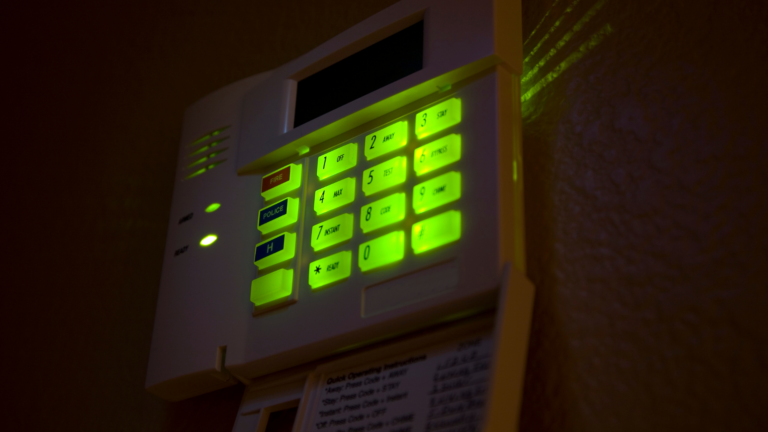

Imagine coming home after a long day at work to find your front door wide open and your belongings scattered everywhere. The feeling of violation and fear that comes with a burglary can be overwhelming, and unfortunately, it's a reality that many homeowners face. But here's the good news: there are steps you can take to protect your home and prevent burglaries from happening in the first place. One of the most effective ways to do this is by installing a home security alarm system. In this blog post, we'll share our top tips for burglar-proofing your home and installing a home security alarm system that will give you the peace of mind you deserve.
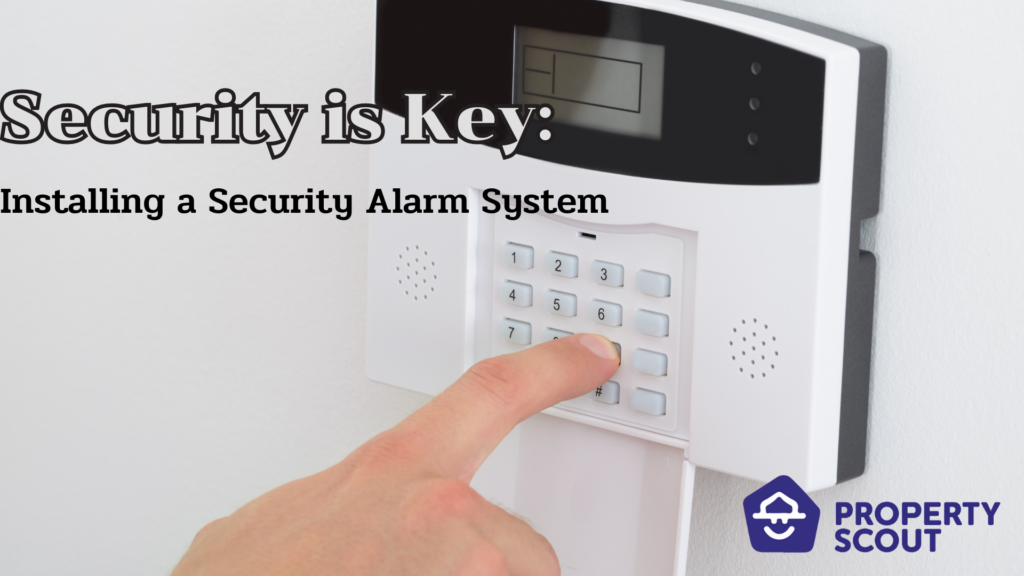
Assessing Your Home's Security Needs
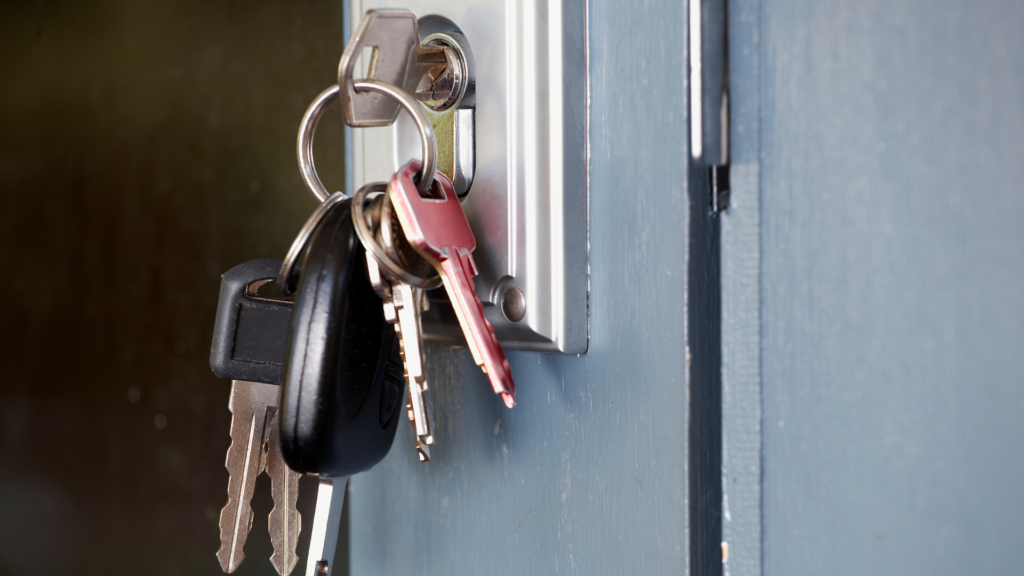
Several factors can influence one's home security needs, including the location of the home, the type of neighborhood, and the level of crime in the area. For example, homes located in urban areas with high crime rates may require more robust security measures than homes in rural areas with low crime rates. Additionally, homes located on busy streets or in areas with high foot traffic may be more vulnerable to break-ins than homes located in quieter areas. Other factors that can influence security needs include the type of home, the value of possessions, and the homeowner's lifestyle and habits. Assessing these factors can help homeowners determine what security measures are necessary to protect their home and ensure their safety.
Home Security Assessment tips
Assessing home security measures is an important first step in determining what security measures are necessary. Start by checking all entry points, including doors and windows, to ensure they have sturdy locks and are in good condition. Look for areas of the home that may be vulnerable to forced entry, such as basement windows or sliding doors, and consider adding extra locks or reinforcing them with security bars. Ensure that all exterior lights are in working order and consider adding motion-sensor lights to increase visibility around the property. Finally, consider investing in a security system that includes sensors for doors and windows, motion detectors, and a loud alarm to deter intruders. Regularly checking and maintaining these measures can help ensure that your home is secure and protected.
Choosing the Right Home Security Alarm System
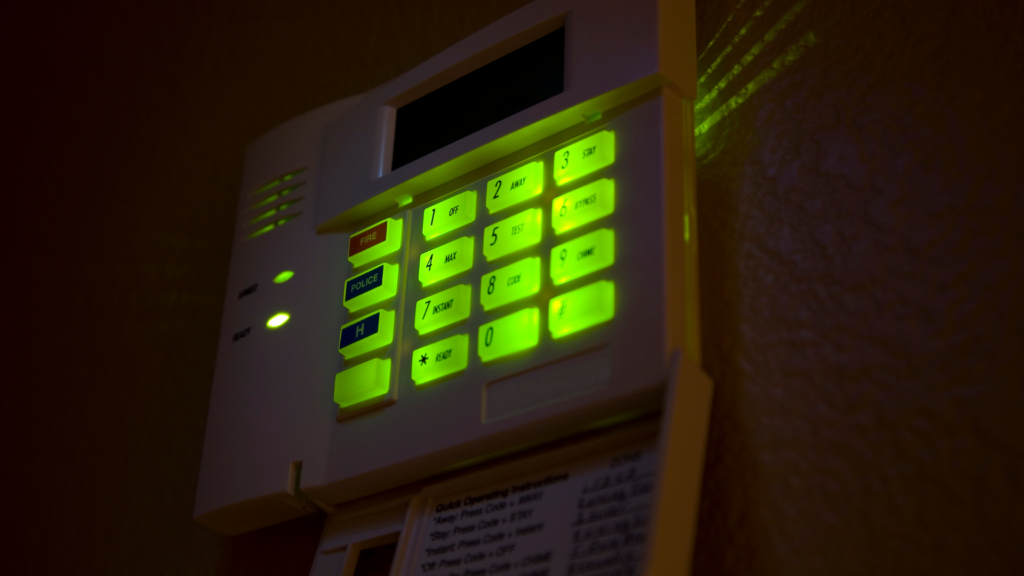
There are several types of home security alarm systems available, including wired and wireless systems, monitored and unmonitored systems, and DIY vs. professional installation. Wired systems are hardwired into the home and are typically more reliable, but can be more expensive to install. Wireless systems are easier to install and can be less expensive, but may be less reliable and require regular battery replacements. Monitored systems are connected to a monitoring center that will contact authorities in case of an alarm, while unmonitored systems simply sound an alarm. DIY installation allows for greater flexibility and control, but may be more time-consuming and require more technical knowledge, while professional installation can ensure proper installation and maintenance, but may be more expensive. Considering these factors can help homeowners determine what type of system best suits their needs and budget.
Home Security Alarm System Selection Tips
When choosing the right home security alarm system, it's important to consider your needs and budget. Start by determining what level of protection is necessary for your home based on factors such as the crime rate in your area and the value of your possessions. From there, consider the different types of systems available and weigh the benefits and drawbacks of each against your budget. For example, a monitored system may offer greater peace of mind but may be more expensive than an unmonitored system. Additionally, while a professional installation may ensure proper installation and maintenance, a DIY installation may be more cost-effective. Ultimately, choosing the right system comes down to finding the right balance between your security needs and your budget.
The Installation
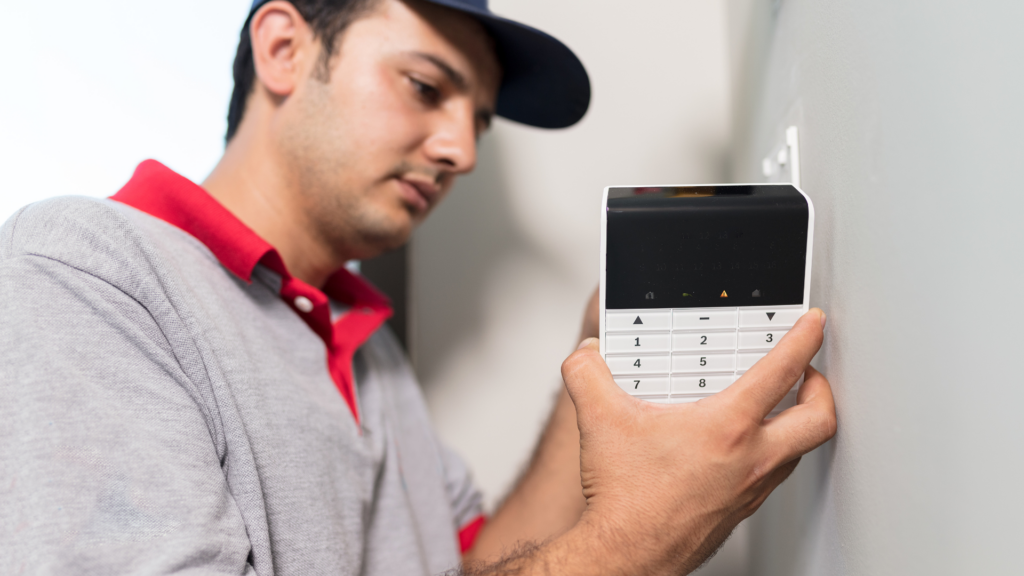
Installing a home security alarm system involves several key steps, including equipment placement, sensor installation, and testing. Equipment placement involves selecting the right location for the control panel, ensuring that it is easily accessible and in a central location. Sensor installation involves placing sensors on doors and windows to detect any attempts at forced entry. Motion detectors may also be placed in areas where intruders are likely to move, such as hallways or common areas. Once all sensors are installed, it's important to test the system to ensure that it is functioning properly. This involves triggering the alarm and verifying that the monitoring center, if applicable, receives the signal. Regular testing and maintenance can help ensure that the system continues to function properly and protect your home.
Installation Tips
Proper installation of a home security alarm system is essential for ensuring its effectiveness and your family's safety. Start by carefully reading the manufacturer's instructions and following them step-by-step. Ensure that all equipment is installed correctly and securely, and that sensors are placed in the right locations to provide maximum coverage. Use caution when drilling into walls or ceilings to avoid damaging electrical wiring or pipes. If you're not comfortable with the installation process, consider hiring a professional to install the system for you. Finally, test the system regularly to make sure it's functioning properly and perform any necessary maintenance or repairs promptly to keep the system in good working order.
Maintaining Your Home Security Alarm System
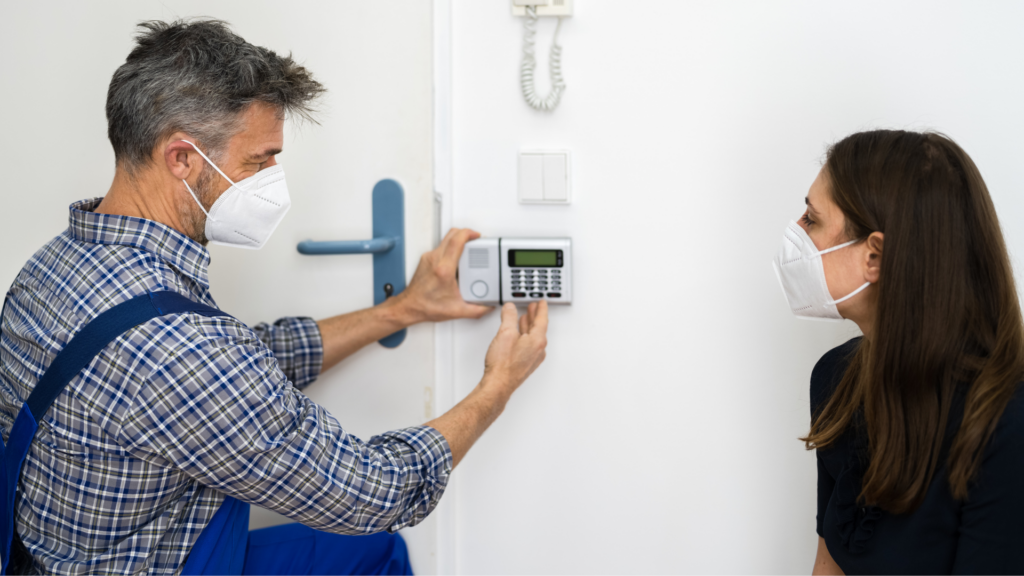
Regular maintenance of a home security alarm system is crucial for ensuring its effectiveness and longevity. Over time, equipment can become damaged, sensors can become misaligned, and batteries can lose their charge, compromising the system's ability to detect and respond to potential threats. Regular maintenance can help catch these issues before they become major problems, ensuring that the system is functioning properly and that you and your family are protected. This may involve testing the system regularly, replacing batteries as needed, and performing any necessary repairs or upgrades.
Home Security Alarm System Maintenance Tips
Maintaining a home security alarm system requires regular attention to ensure it remains fully functional. Battery replacement is one key aspect of maintenance, as sensors and other components may require new batteries periodically to ensure optimal performance. Testing the system regularly, including all sensors and the alarm itself, can help identify any issues before they become major problems. Additionally, upgrades to the system, such as installing new sensors or integrating smart home technology, can help enhance its capabilities and effectiveness. It's important to follow the manufacturer's instructions for maintenance and to consider working with a professional if you're not comfortable with handling any aspect of the system's upkeep.
Additional Home Security Measures
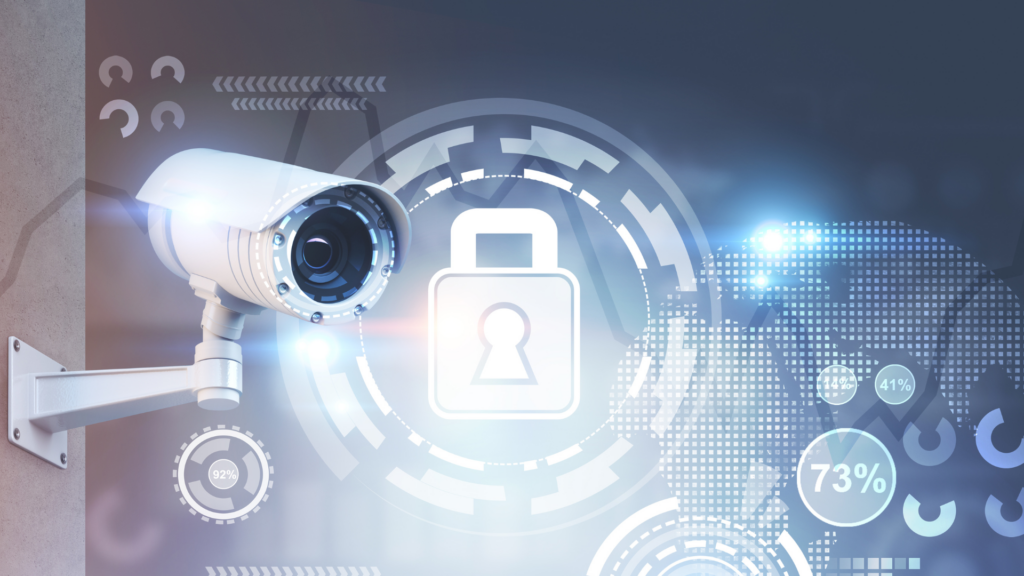
Additional security measures can provide added protection for homeowners beyond a home security alarm system. For example, installing deadbolts on doors and upgrading locks on windows can help prevent forced entry. Motion-activated exterior lighting can also deter potential intruders and make it easier to spot any suspicious activity around your home. Consider adding security cameras or a video doorbell to monitor activity around your property and get alerts if anyone approaches. Finally, make sure to secure any valuables and important documents in a safe or another secure location to prevent theft.
When installing additional security measures, it's important to follow the manufacturer's instructions carefully and ensure that the installation is done properly. For example, when installing deadbolts, make sure they are properly aligned with the door frame and use screws long enough to secure the lock firmly in place. Motion-activated lighting should be installed in areas where it will provide maximum coverage and be sure to use bulbs appropriate for outdoor use. When installing security cameras or a video doorbell, follow the manufacturer's instructions for mounting and wiring to ensure they are functioning properly. Additionally, if you're not comfortable with any aspect of the installation process, consider working with a professional to ensure that it is done safely and effectively.
Read More:
Conclusion
In conclusion, investing in a home security alarm system and additional security measures can provide peace of mind and protect your home and loved ones from potential threats. By following the tips outlined in this article, including assessing your home's security needs, choosing the right system for your needs and budget, and regularly maintaining your system, you can ensure that your home remains safe and secure. Remember, home security is not a one-time investment, but an ongoing commitment to keeping your home and family protected. So, take the necessary steps today to burglar-proof your home and enjoy the peace of mind that comes with knowing you've taken all the necessary precautions to keep your home safe.
Find your ideal property, available for sale or rent in the best prices possible, or list your property for sale or rent here. Alternatively, if you have any further questions, please get in touch with us:



